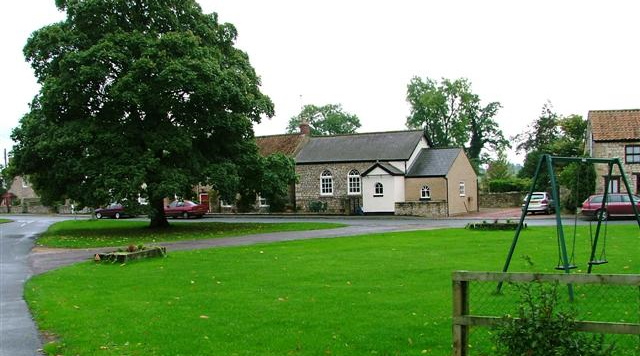
A study assessing the traffic impact of a proposal to import 3.6 million tonnes of inert waste to restore an exhausted quarry site, the owners of which have applied for a large-scale extension to, has concluded no mitigation measures are needed.
A consultant’s survey over Lightwater Quarries’ plan to fill the void at Gebdykes Quarry, near Masham, with building materials states that combined with a proposed northern extension to the quarry the size of 50 football pitches, the cumulative daily number of heavy goods vehicle movements could soar from 138 to 206.
The conclusions of the traffic impact report follow another consultant’s report which found the limestone quarry extension across arable fields would have few environmental consequences and could even lead to a range of long-term ecological benefits.
The existing quarry is expected to become exhausted of workable reserves within the next two years, and when it is worked-out, Lightwater Quarries is proposing to infill the void with 190,000 tonnes of waste a year.
The report states: “If the northern extension application is approved, then there would also be a cumulative impact traffic impact from both
import and export operations happening concurrently.”
It is proposed about 70 per cent of the 20-tonne trucks would pass through the village of Nosterfield en route to the A1(M).
The traffic impact study, which focuses on the impact of the infilling rather than looking at the extension plan as well, states the area saw 13 road incidents in the five years to 2020 and that safety would not be compromised by the infilling trucks as the historic accidents were not close to the quarry entrance.
The report states: “Local communities that some vehicles could pass through include Masham, Bedale and Ripon. In each case haulage vehicles would travel on the main road network, where the difference made by continuation of haulage operations at a rate of a few vehicles an hour would be expected to be not significant.
“All impacts of the proposed development, which would not increase the number of haulage vehicle movements from present levels, have been assessed as neutral or slight. Therefore, no mitigation is necessary.”
The report also highlights potential for haulage vehicles leaving loaded with aggregates and returning loaded with fill material.
It states: “In a best case scenario this could allow the import of fill to be
achieved without any additional traffic movements beyond those for export of
aggregates. This is also the most cost-effective approach in terms of haulage so will be adopted wherever possible.”
Bedale division councillor John Weighell said the roads in the area were already much used by heavy goods vehicles and questioned whether the proposals to limit lorry movements to and from the site were practical.
He said: “Actual wear and tear on the roads in that area is immense and keeping the roads in any kind of quality is a very major project and costs North Yorkshire County Council a lot of money. I think they would have to look very carefully at any increase in heavy goods vehicles.
“The other issue is I find it slightly strange that you can take a vehicle into the quarry with inert waste in and immediately find a return load for it. It sounds a very good idea attempting to achieve that, but return loads are a very difficult concept in transport.”


Be the first to comment